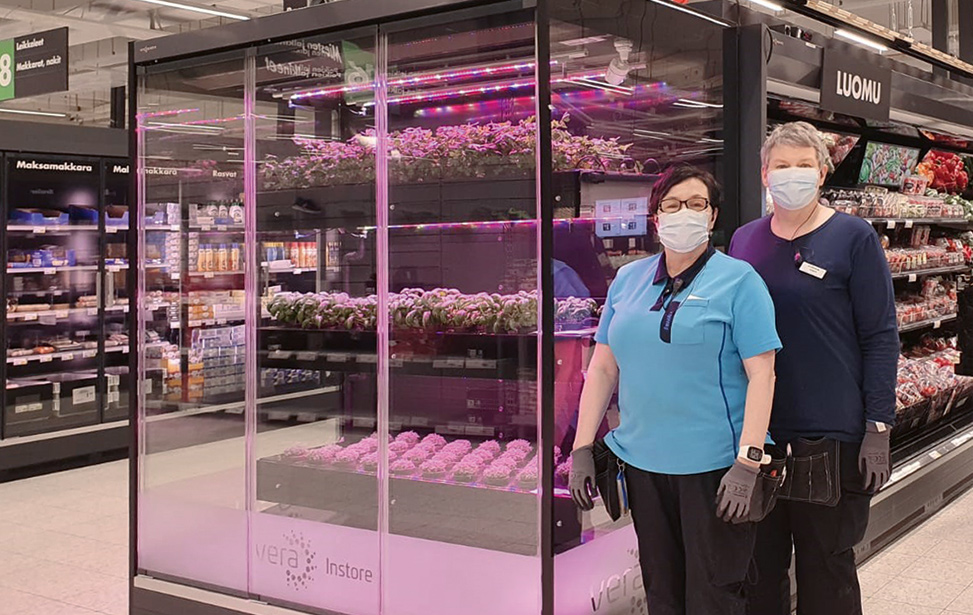Vegetable growers often use greenhouses or hoop houses to start transplants for field production or for full-season protected culture. Certain types of pests and diseases can be reduced in these controlled settings, but the occasional outbreak may require treatment from a pesticide. Vegetable transplants can sometimes benefit from preventative applications of a fungicide before they reach the field.
Benjamin Phillips, Michigan State University Extension, and Craig Anderson of the Farm Bureau wrote a guide to help with this.
Many foliar-applied pesticides have longer residuals in certain greenhouse settings. Usually, pesticides degrade with exposure to sunlight. Greenhouses that use UV-blocking materials remove a large spectrum of light between 10 and 400 nm that we cannot see with our own eyes but contributes to pesticide degradation. Therefore, sidewalls and coverings that block UV light increase residual activity of pesticides.
Glass and acrylic sheeting and untreated polyethylene films allow the most amount of light across the entire spectrum to penetrate to the crop canopy. Fiberglass, polycarbonate and rigid PVC sheeting, as well as PVC and treated polyethylene films, can either partially block or fully block UV light.
Greenhouse label language
The label is law. Label language will indicate whether a certain pesticide application is allowed in a greenhouse, and a restriction statement is usually found in the “Directions for Use” section. Very often, greenhouse applications are only allowed on certain crops or crop stages.
Some labels contain different rates and recommendations for the same crop inside and outside of a greenhouse. For example, streptomycin is an antibiotic that is only allowed on tomato transplants in the greenhouse as an effective control for bacterial diseases and is not allowed for use on outdoor tomatoes at all.
Occasionally, a label will not indicate greenhouse restrictions but also will not provide special instructions for greenhouse use. When the label is silent on greenhouse use, it is classified as an implied use and can be used as long as the target crop is on the label.
Read the complete article at Michigan State University.











